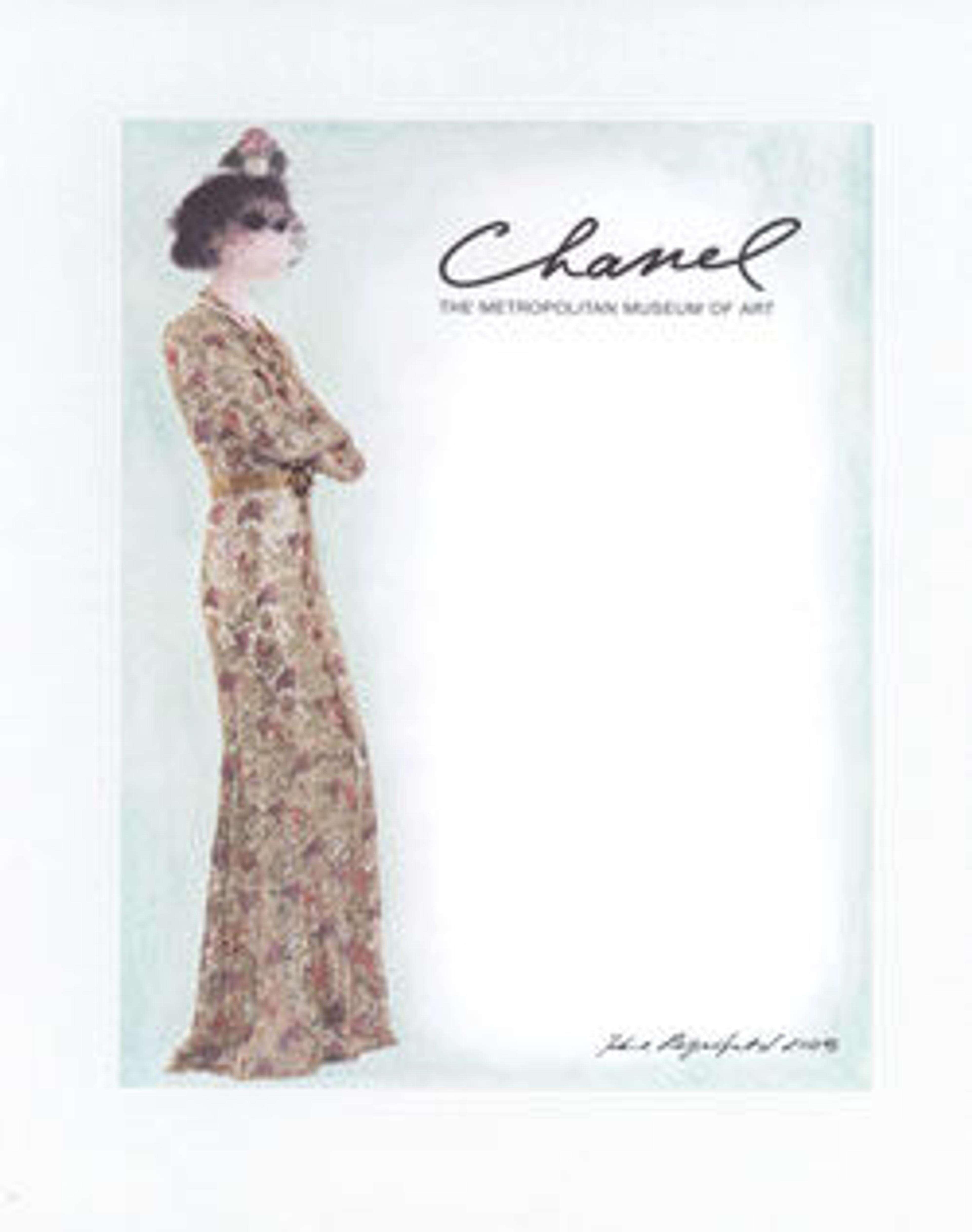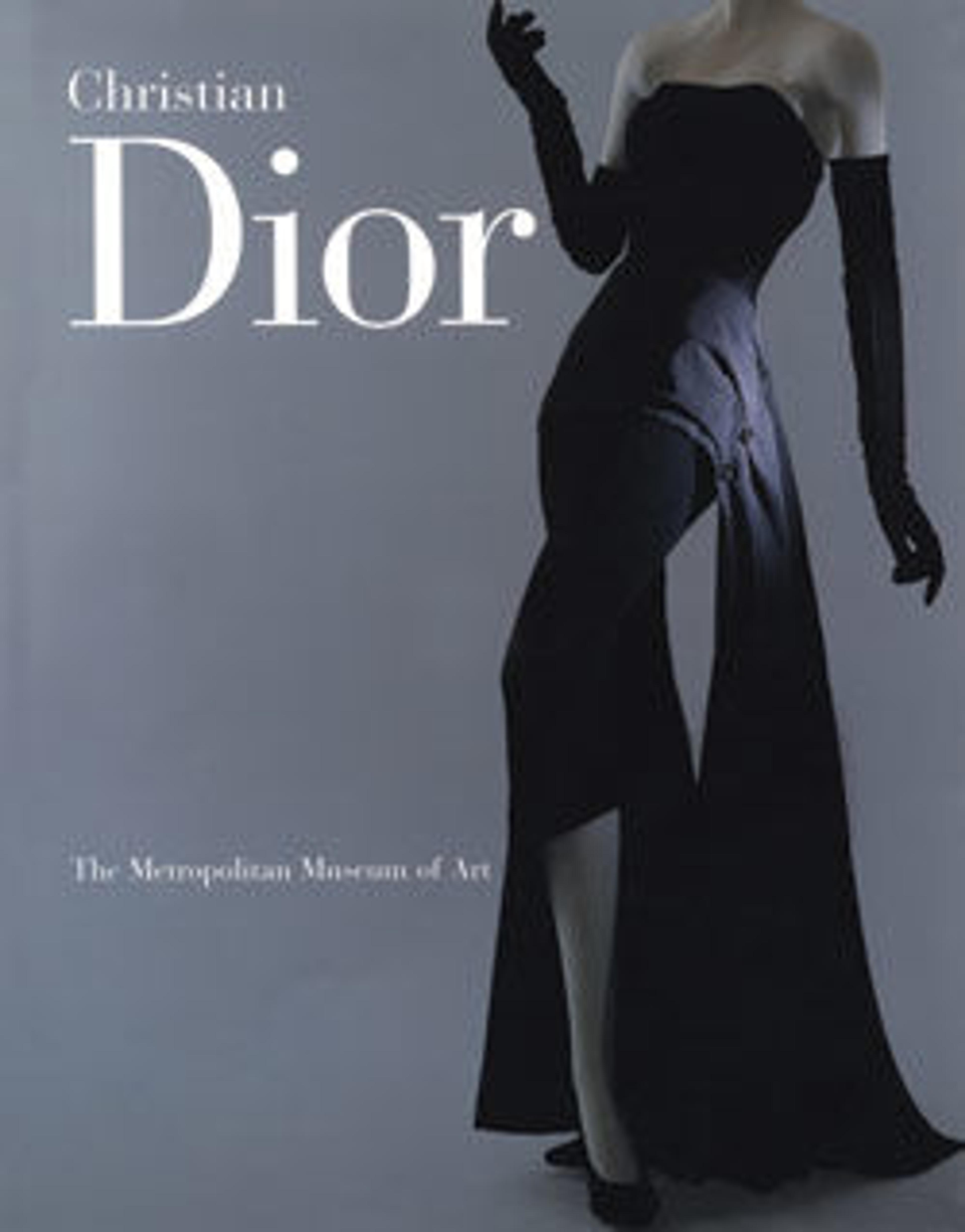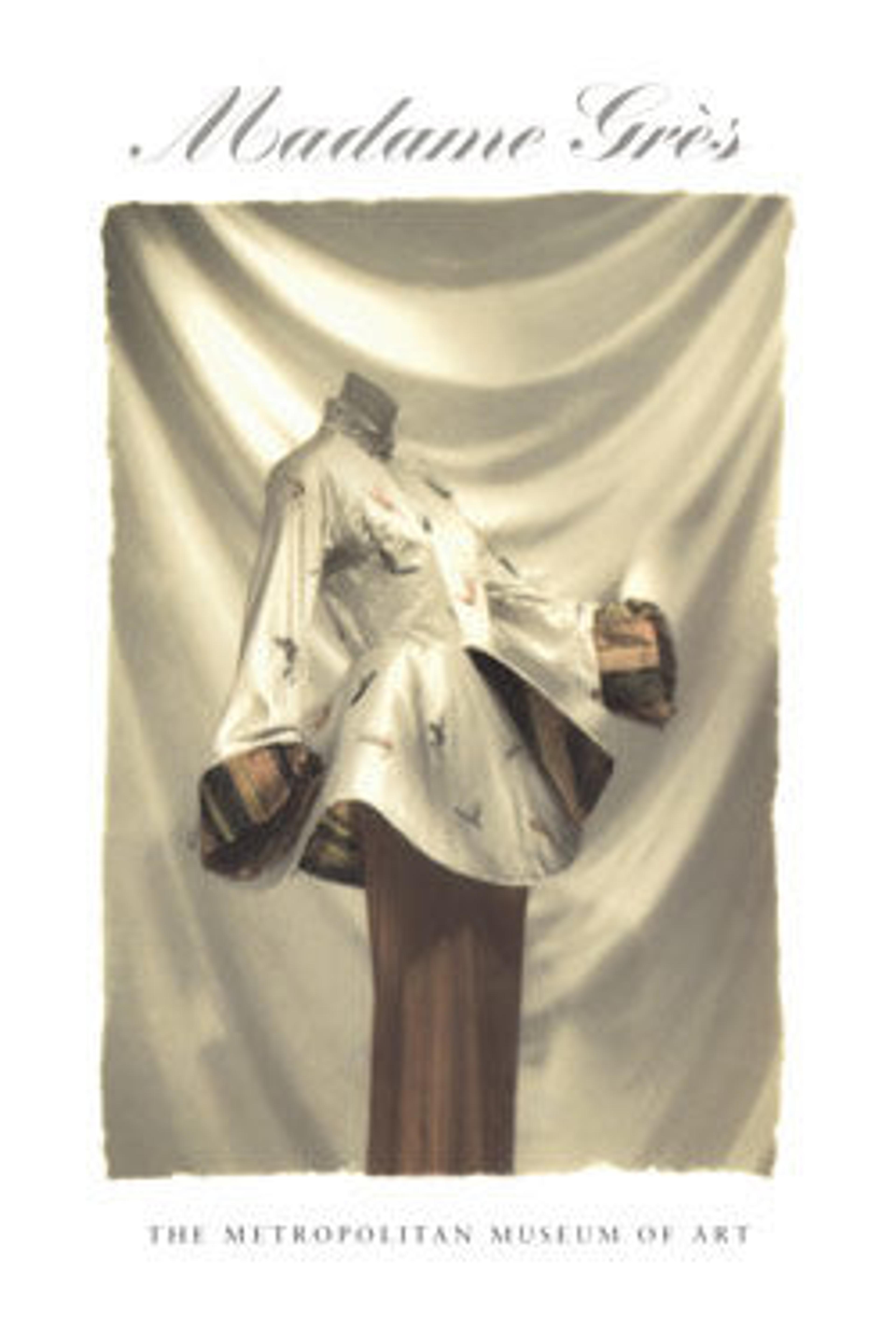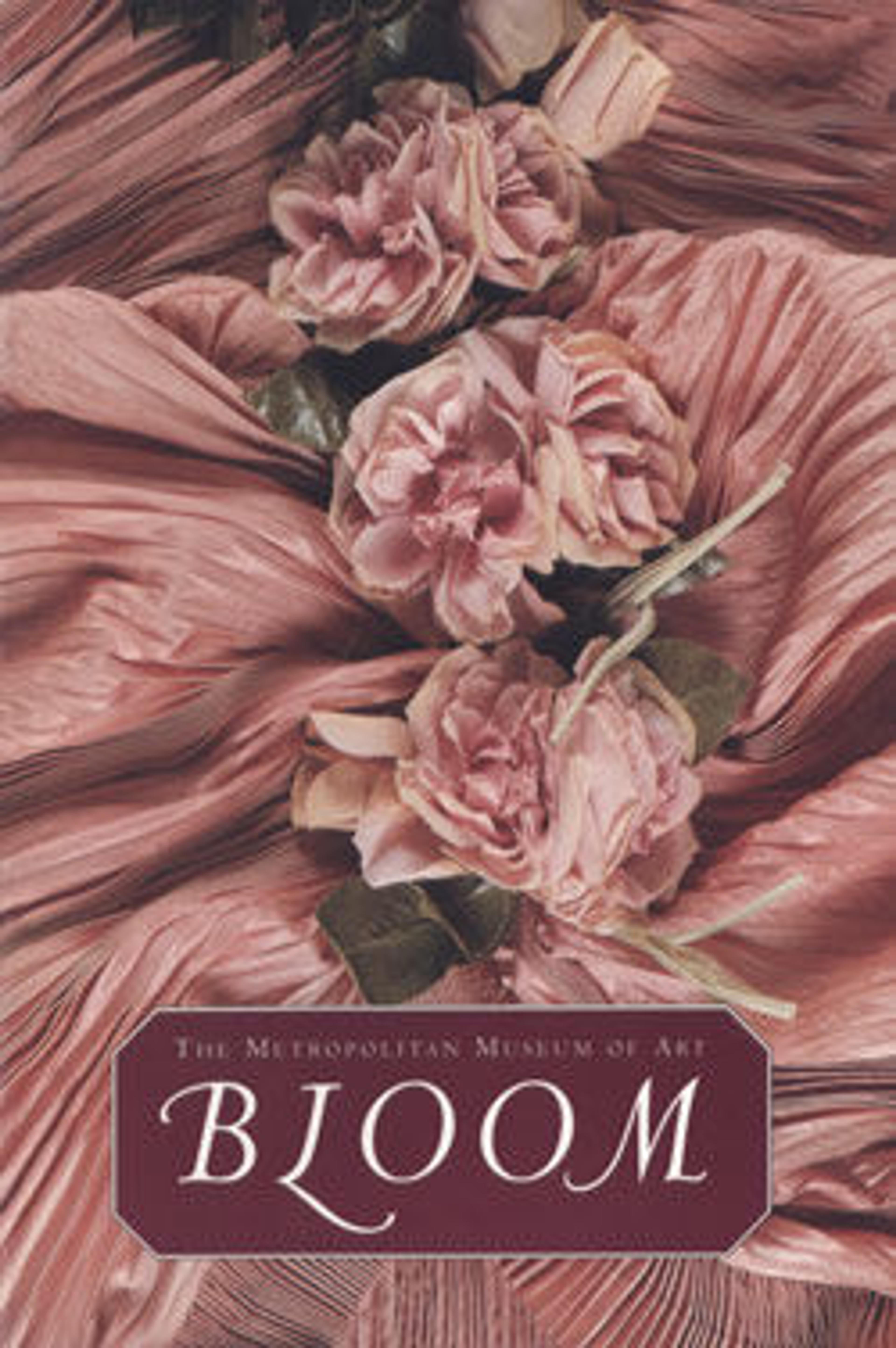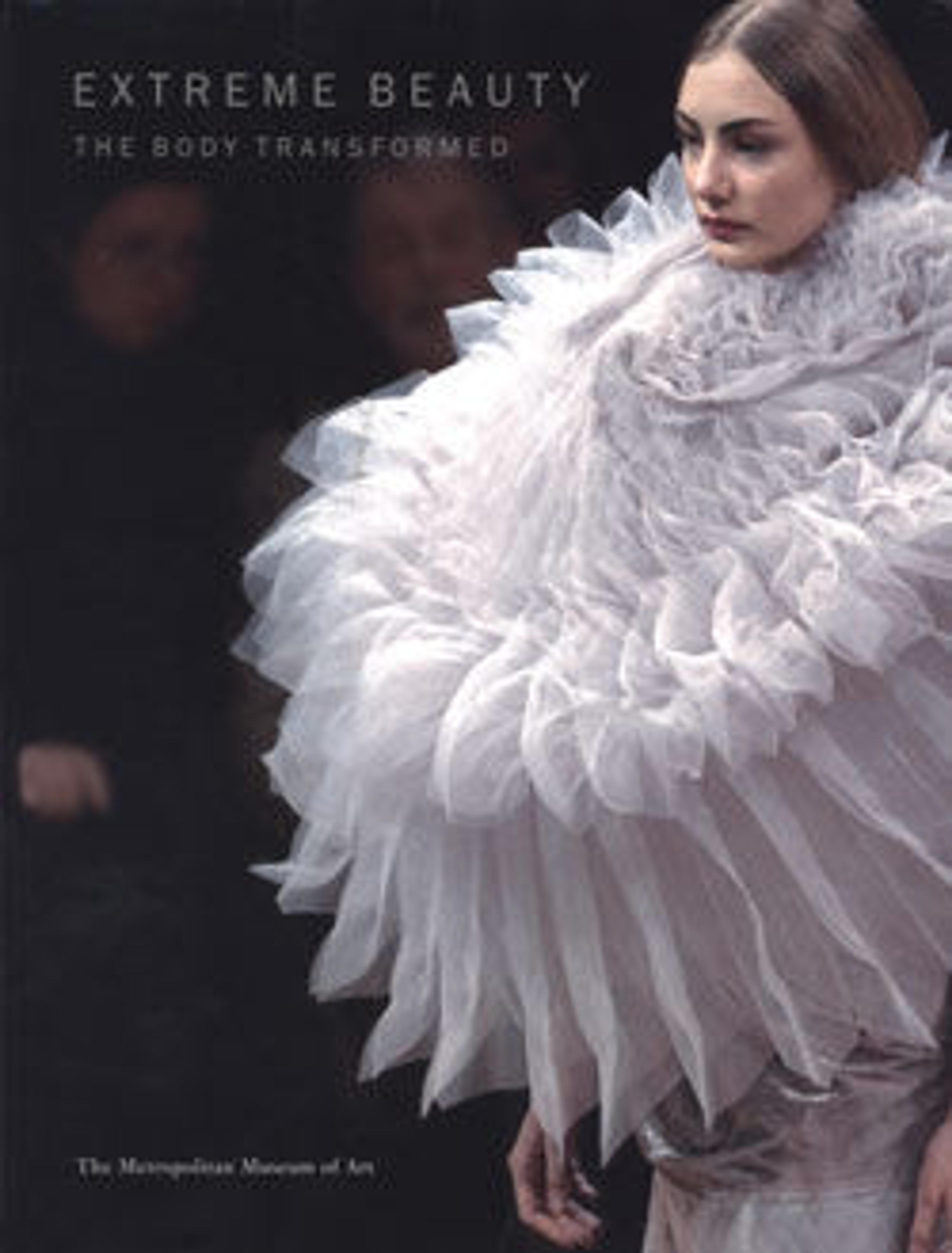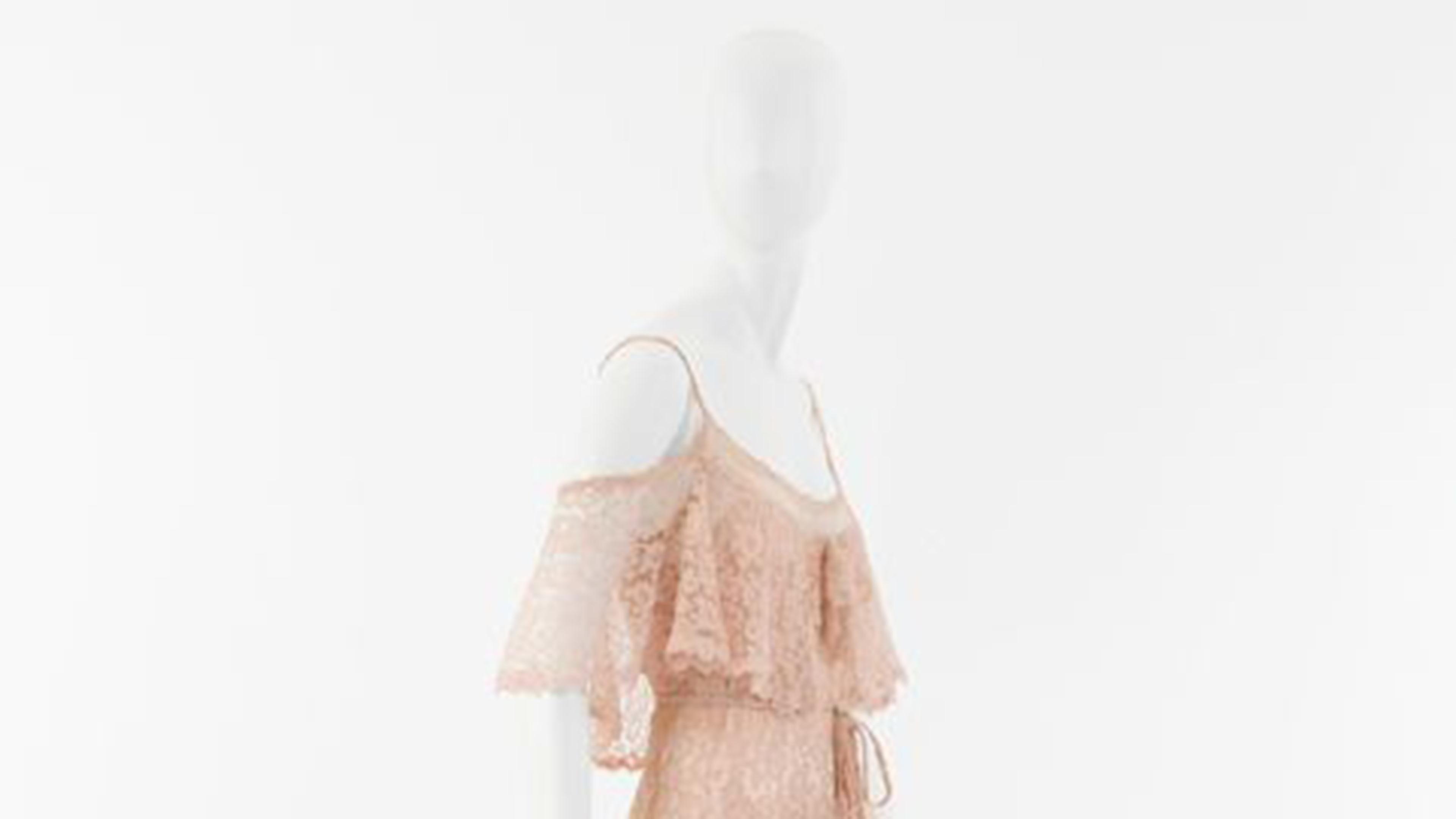
Chanel
215 pages
166 illustrations
This title is out of print.
Sponsor's Statement
Foreword
Philippe de Montebello
Introduction
Harold Koda
Le Style de Chanel
Karl Lagerfeld
Chanel's Modernity
Nancy J. Troy
Coco Chanel and Contagious Celebrity
Rhonda Garelick
The Elements of Style: Chanel's Accessories
Caroline Rennolds Milbank
Flacon and Fragrance: The New Math of Chanel No. 5
Kenneth E. Silver
(Post)Modernity: Chanel and Lagerfeld
Andrew Bolton
Modernism
Romanticism
Iconography
Catalogue
Acknowledgments
Met Art in Publication
House of Chanel
Gabrielle Chanel
ca. 1927
House of Chanel
Gabrielle Chanel
1929
House of Chanel
Gabrielle Chanel
1937
Multiple artists/makers
spring/summer 1963
House of Chanel
Gabrielle Chanel
ca. 1927
House of Chanel
Gabrielle Chanel
1925
Multiple artists/makers
fall/winter 1987–88
House of Chanel
Gabrielle Chanel
1925
House of Chanel
Gabrielle Chanel
ca. 1930
House of Chanel
Gabrielle Chanel
1935
House of Chanel
Gabrielle Chanel
ca. 1930
House of Chanel
Gabrielle Chanel
1936
House of Chanel
Gabrielle Chanel
1927–28
House of Chanel
Gabrielle Chanel
1927–28
House of Chanel
Gabrielle Chanel
1937–38
House of Chanel
Gabrielle Chanel
ca. 1932
House of Chanel
Gabrielle Chanel
1939
House of Chanel
Karl Lagerfeld
fall/winter 1989–90
House of Chanel
Gabrielle Chanel
ca. 1927
House of Chanel
Gabrielle Chanel
spring/summer 1954
Showing 20 of 27
You May Also Like
A slider containing 5 items.
Press the down key to skip to the last item.
Press the down key to skip to the last item.
Citation
Koda, Harold, and Andrew Bolton. 2005. Chanel: Exhibition, Metropolitan Museum of Art, New York, from May 5 to August 7, 2005. New York: Metropolitan museum of art.
